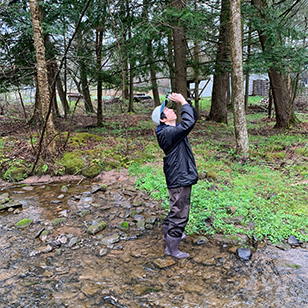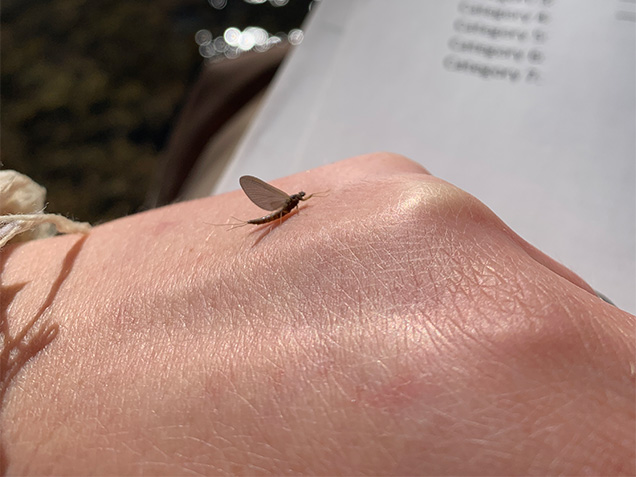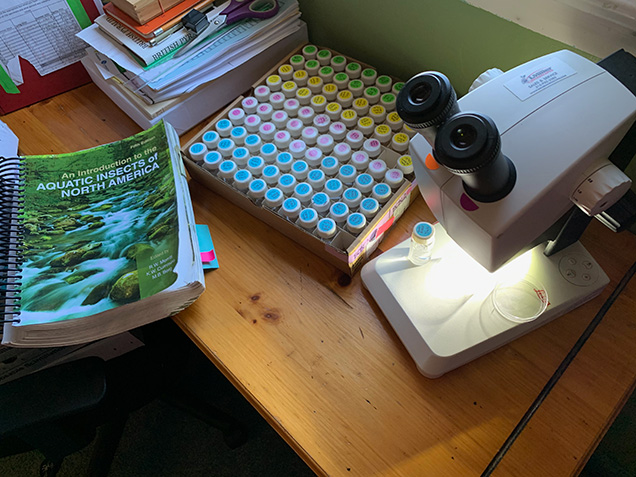Professional Services

The Macroinvertebrate Section has the capacity to serve as a sample processing lab or as a partner in collaborative projects. We offer complete project management
from planning to field work to report writing. If you are interested in working with us or collaborating on a project, email Tanya Dapkey (thd45@drexel.edu) for a quote.
Capabilities
- Biological quantitative and qualitative surveys of macroinvertebrates in streams, rivers, lakes, ponds, and estuarine environments.
- Aquatic invertebrate identification to genus (SFS EPT East and Chironomidae Certified entomologists).
- Genetic analysis of macroinvertebrates for species identifications, diversity indices, and community assessments.
- Quantitative and qualitative freshwater species inventory, including invasive species.
- Multiple scale analyses of stream networks (microhabitat, reach, and watershed).
- Use of diverse sampling and analysis methods to align with state and federal protocols, diversity studies, or research questions.
- Multimetric assessments of biotic integrity and ecosystem health.
- Rapid bioassessments of streams and wadeable rivers.
- Short- or long-term biomonitoring programs to assess water quality and/or stream health.
- Collection of macroinvertebrate taxa for chemical contamination (i.e., PFAS) analyses.
Facilities
The Macroinvertebrate Section builds upon The Academy’s diverse set of skills in systematics, ecology, engagement, and education. We have access to a variety of sampling gear, vehicles, laboratory equipment, and other facilities to complete large, multidisciplinary studies as well as local stream assessments.
This section implements a variety of quantitative and qualitative collection methods to sample benthic macroinvertebrate communities. Quantitative field sampling techniques include a variety of active methods [e.g., Surber sampler, Kick Net, Hess sampler, PIBS (Portable Invertebrate Box Sampler), quadrats, etc.] and passive approaches (inverted cone traps and multiple-plate samplers and other artificial substrates, etc.) as well as a variety of techniques for semi-quantitative and qualitative collections.
The Section also has access to current meters (i.e., Marsh-McBirney Flo-Mate 2000 current meter) to measure stream velocities.
Laboratory equipment includes a Zeiss Axioscope compound microscope, a Leica S7E stereomicroscope with a 45x magnification, and six EZ 4W Leica dissecting microscopes. A large collection of taxonomic literature and identification keys are available in the laboratory as well as synoptic reference collections. In addition, the resources of the Academy's Ewell Sale Stewart Library and the vast Malacology and Entomology collections (including non-mollusk macroinvertebrates) in the Center for Systematic Biology and Evolution are within easy access.
Collaboration within the Patrick Center’s Environmental Data Section enables access to various databases, including geospatial information of streams in the Delaware Basin at multiple scales.

